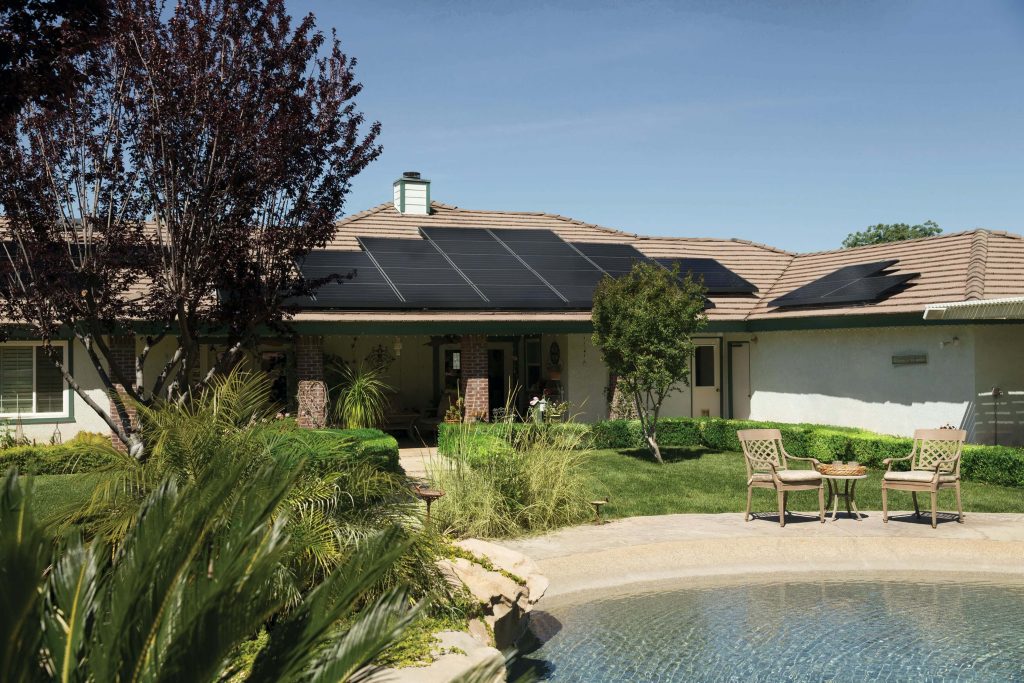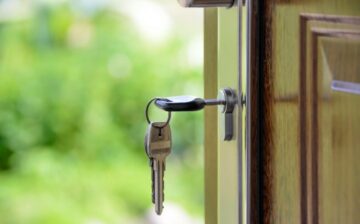You don’t even need to incorporate technologies like solar water heaters or photovoltaic systems – simply use passive solar architecture! With this design, you can minimize or eliminate your home’s need for mechanical cooling or heating, along with daytime lighting.
Read on to learn more about what you need to know and how to improve your home with passive solar designs.
Do you want your home to be more energy-efficient and comfortable without the skyrocketing energy fees? Then you’ll appreciate getting solar panels in Brisbane and utilizing sunlight to provide energy to your home.
Energy Efficiency First
Before you add any solar features, you should know that energy efficiency is a cost-effective strategy to reduce your heating and cooling bills. Because of this, you should make sure you work with building professionals who are experienced in energy-efficient design and construction, collaborating with them so they can optimize the house’s energy efficiency well.
If you’re remodeling an existing home, get a home energy audit first, so you know which cost-effective energy efficiency improvements to prioritize.
Solar Home Improvement Projects
Once you have found suitable building professionals and conducted a home energy audit on your home, the next step is to consider what solar home improvement projects you should do. Here are some projects made for the cold winter, so you can really use your solar panels’ potential:
1. Landscaping
This is an awesome option to optimize solar heat gain, along with shading. Landscaping helps shade various sides of a home, reducing solar heat gain throughout the warmer months.
To make your landscaping “solar-friendly”, plant or place mature deciduous trees, as they lose their leaves during the winter season and allow the warming sunlight through during colder times.
Furthermore, place trees on the east, west, or south side of your home, wherever the sun faces most.
2. Properly Oriented Windows
Usually all windows, along with other devices collecting solar energy, need to face within 30 degrees of true south. The windows shouldn’t be shaded by buildings or trees from 9 AM to 3 PM daily throughout the heating season.
During the spring, fall, and winter seasons, all windows need to be shaded to avoid overheating. Furthermore, keep all your windows clean so all the sunlight can come in.
3. Thermal Mass in a Passive Solar Home
Thermal mass in passive solar homes, typically those made of brick, concrete, stone, and tile, will absorb heat from sunlight during the hot season, along with absorbing heat from the warm air inside the house throughout the cool season.
There are other thermal mass materials as well, including water and phase change products. These are efficient in storing heat. Masonry is one of the most advantageous, as it performs double duty: it can be used as either a structural and/or finishing material.
For those with well-insulated homes living in moderate climates, thermal mass from home furnishings and/or drywall might be sufficient, eliminating the need for more thermal storage materials. However, just ensure that there are no objects blocking sunlight from such materials.
4. Distribution Mechanisms
Solar heat is usually transferred from where it’s collected and stored to various areas in the house using conduction, convection, and radiation. Small blowers and fans may help distribute the heat.
With that in mind, you may want to paint your home in darker colors, which absorb more heat compared to lighter ones. They are also better choices for thermal mass.
5. New Steel Or Fiberglass For Door Design
New doors might not be the first thing that comes to mind when home remodeling for solar homes, but it pays off! I recommend that you go for fiberglass, steel, or windowless doors, which rank higher in terms of energy efficiency.
When selecting doors, look out for the National Fenestration Rating Council label, which rates how well the door deflects unwanted solar radiation and how it can retain heat from going out.
6. Indirect Gain (Trombe Wall)
Indirect gains have thermal storage between south-facing windows and living areas. Trombe Walls are the most common indirect gains, an 8-16 inch masonry wall on the south sides of houses. These walls are helpful in absorbing solar heat from the wall’s mass, radiating into the living area more quickly.
7. Refining the Design
While simple conceptually, a good passive solar home needs various details and variables balanced and working well together. Designers must consider elements such as the insulation and air sealing, auxiliary cooling and heating systems, and thermal mass locations and types, along with window location, glaze types, and shading.
That’s why besides building professionals, you should invest in an experienced home designer, too!
Wrapping It Up
Having a solar home is a dream, especially with all the savings you get on energy bills and the like! And with the colder season coming up, it’s high time that you began thinking of going solar to stay warm and cozy without worrying about the heating expenses. These awesome home improvement projects focusing on solar power can help you with that!
Hopefully, this post on home improvement projects for a solar home helped you out! Start implementing any of these ideas and begin the journey towards an energy-efficient home, taking advantage of the many features and benefits it offers.
We hope you found this blog post Solar Architecture: Solar Home Projects to Try This Winter useful. Be sure to check out our post Step by Step Guide on Getting a Home Solar Power System for more great tips!
Have Experience in the Moving Industry? Want an Additional Income Stream? Work With All Around Moving!
Partner with us and we’ll help you profit. Click here to learn more.






